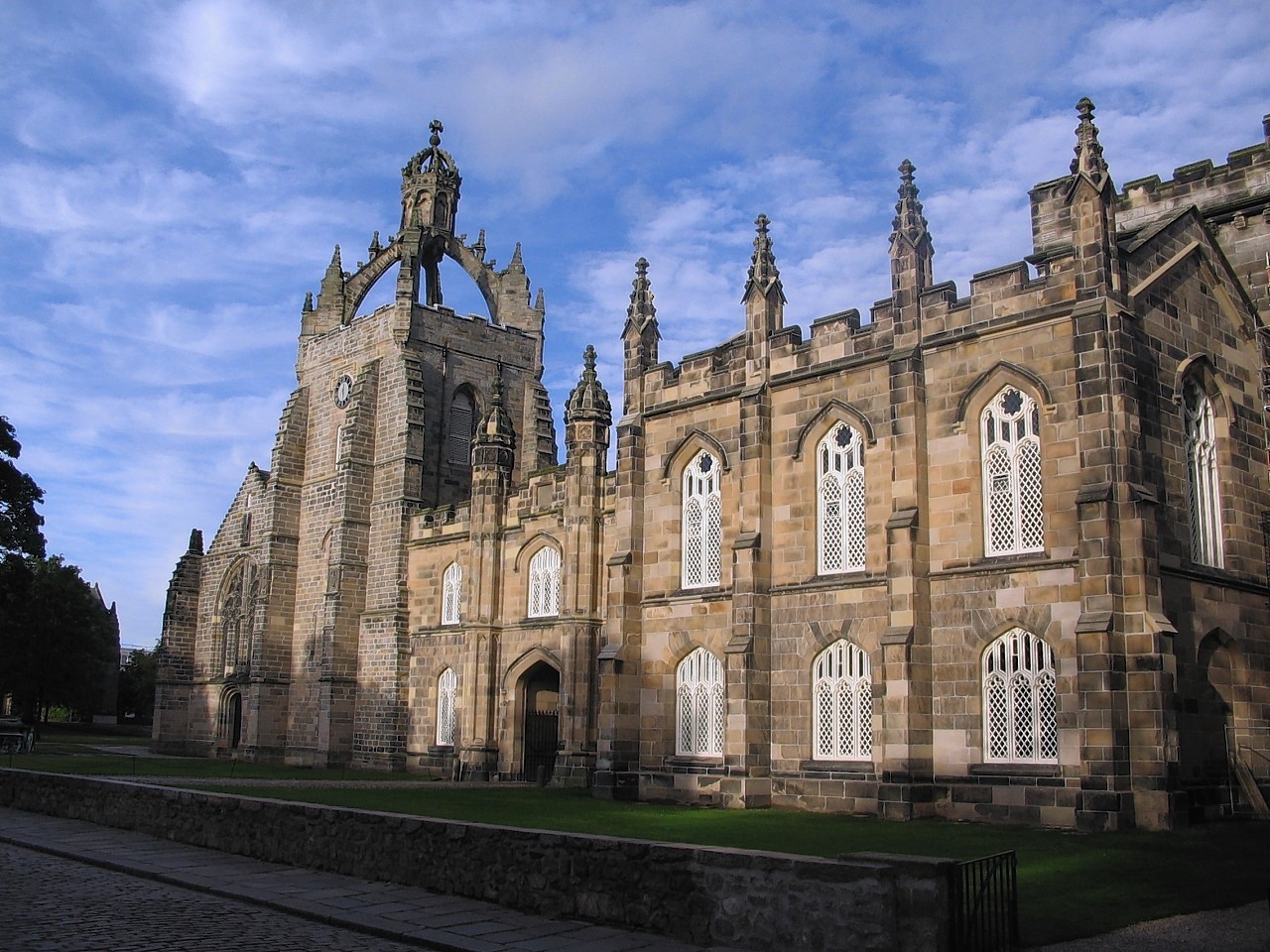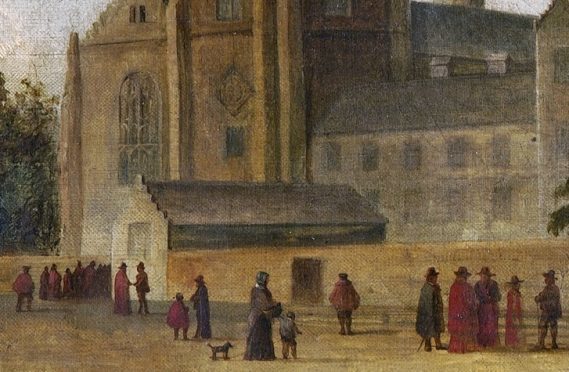Archaeologists could uncover a lost piece of Aberdeen’s architectural heritage, thanks to a £10,000 grant from the national lottery.
Researchers at Aberdeen University will use the Heritage Lottery Fund award to embark on a dig at the heart of historic King’s College.
The team hopes to uncover evidence of a grammar school for students wanting to enter King’s College, thought to have stood on a site close to the front of King’s College Chapel.
The main dig will also coincide with the 2017 May Festival, organised by the university, which will invite visitors to get involved in excavation work alongside the professionals.
Dr Gordon Noble, a senior lecturer in archaeology who will lead the project, said: “We are specifically targeting a building which used to be attached to the front of King’s College that served as a grammar school in the 16th century.
“The school is shown on a 1661 map of Aberdeen but actually dates back to at least 1533 when the statutes and laws of the school were written down by the University Grammarian Theophilius Stewart.
“It acted as a preparatory school for pupils who wished to study at the university and pupils underwent a gruelling timetable, with prayers, classes on the Latin authors and language lessons and discipline was strict with pupils referred to as qui sub nostra ferula – ‘those who soldier on under our cane’.”

The excavation work will be one of the major events at the May Festival where tours of the university, archaeology workshops and other complimentary events will also take place.
Chris Croly, from the university’s public engagement with research team, said: “We wanted a project in which school pupils, students and members of the public could explore the rich heritage of Old Aberdeen and the university while contributing to a real-life archaeological investigation.
“This site is ideal as, at present, we have limited understanding of the architecture and archaeology of this period in the history of schooling in Scotland.”
It is not known when the school closed but it is thought to have stopped taking pupils at some point after the Reformation and was out of use by the end of the 17th century.
Following the excavation work, the trenches will be covered over and replanted.
